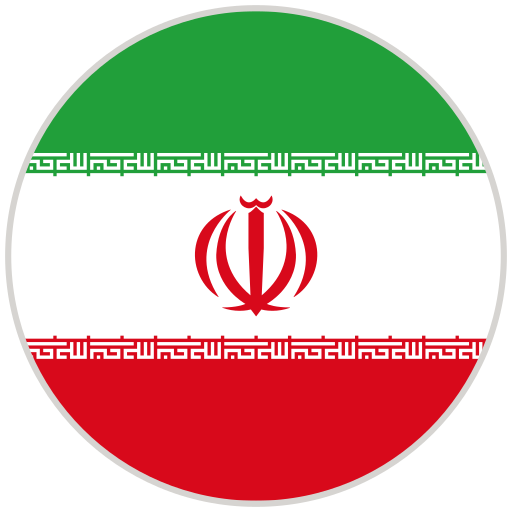The arrival of the Mongols in Iran Ilkhanid Empire
The Mongol Influence on Persian Textiles: A Legacy of Adaptation and Continuity
The Mongol invasion brought with it the harsh winds of the Central Asian steppes, reshaping Persian garments and textile traditions. Influenced by the nomadic lifestyle of their conquerors, Persian men adopted long robes and wide trousers, reminiscent of the Mongols' equestrian heritage, while fur lined hats provided warmth against the brutal winters. Women’s attire, with its flowing sleeves and layered silhouettes, reflected an interplay between indigenous elegance and steppe practicality, symbolizing a cultural dialogue between conqueror and conquered.
Yet, despite these transformations, Persian textile artistry remained steadfast, like a river that carves its path through shifting landscapes. The vibrancy of Persian silken fabrics, adorned with intricate motifs and radiant hues, persisted as a testament to an unbroken artistic lineage. These garments were more than mere apparel; they embodied a narrative of resilience and cultural synthesis, preserving the essence of Persian craftsmanship while embracing the influences of a new era.


